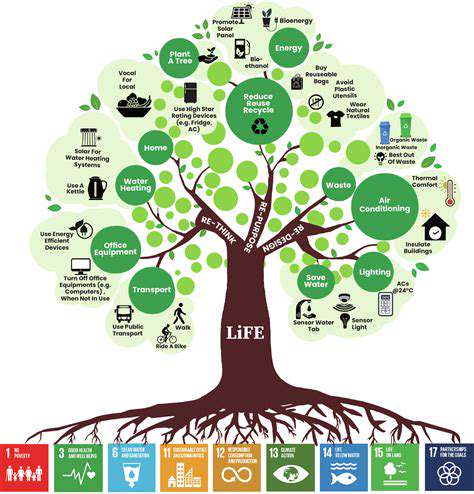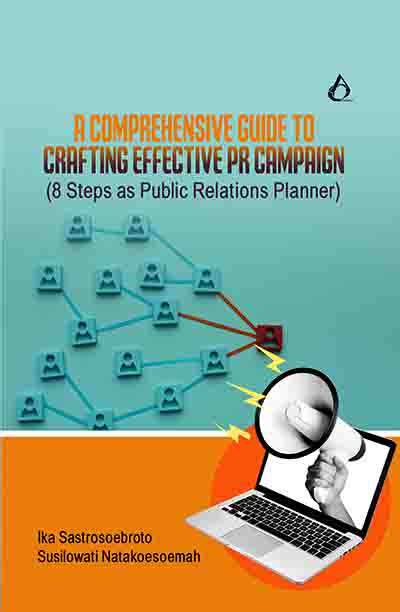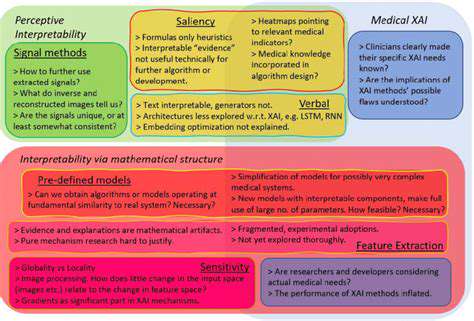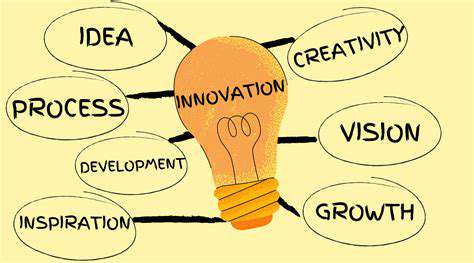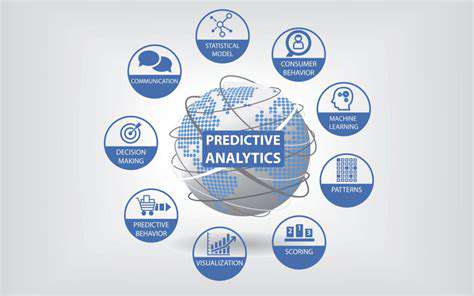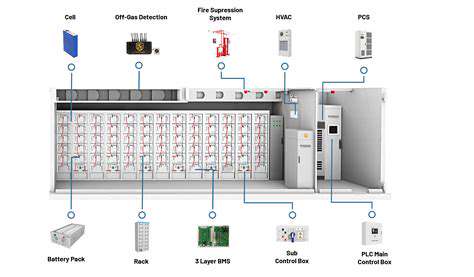Hybrid Energy Storage Systems: Combining Technologies
Exploring the Synergistic Potential
Modern energy storage solutions increasingly rely on hybrid systems that combine batteries and supercapacitors. These systems capitalize on the distinct advantages of each technology. While batteries provide long-lasting energy storage, supercapacitors deliver quick bursts of power. This complementary relationship creates systems that outperform standalone solutions in both capacity and responsiveness. Engineers can fine-tune these hybrids to meet precise operational requirements, resulting in more efficient and durable energy storage.
The real value emerges in how these systems handle varying energy demands. In electric vehicles, for instance, the combination allows for smooth acceleration while maintaining battery life. Renewable energy grids benefit similarly, with hybrids stabilizing power output during fluctuations. This adaptability makes them invaluable for applications where power needs change rapidly.
Potential Applications and Advantages
Transportation stands to gain significantly from these hybrids. Electric cars achieve better performance during acceleration and recover more energy during braking. Solar and wind installations store excess energy more effectively, smoothing out supply inconsistencies. Even consumer electronics see improvements, with devices charging faster and lasting longer between charges. Perhaps most compelling is the potential for more compact designs without sacrificing performance.
Control systems play a pivotal role in maximizing hybrid performance. Advanced algorithms continuously optimize energy distribution between components. This intelligent management not only boosts efficiency but also extends the system's operational life. Ongoing research promises even smarter control methods that could unlock new applications.
Safety represents another critical advantage. The inclusion of supercapacitors reduces risks associated with battery overheating. This enhancement matters greatly in electric vehicles and large-scale energy storage where safety concerns are paramount. The hybrid approach essentially builds in multiple layers of protection.
Customization options further increase the appeal. Engineers can adjust the balance between energy density and power output to suit specific needs. This flexibility opens doors for innovative applications across industries. From medical devices to industrial equipment, the potential uses continue to expand.
While initial costs may be higher, the long-term economics favor hybrids. Improved efficiency translates to lower operating expenses over time. Reduced maintenance needs and longer service life compound these savings. The total cost of ownership often proves more favorable than conventional alternatives.
Beyond the Basics: Future Directions and Challenges
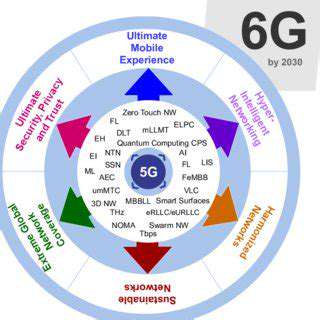
Advanced AI Integration
Artificial intelligence continues transforming maintenance operations across industries. Predictive systems now identify potential equipment failures before they occur, preventing costly downtime. These solutions analyze operational data in real time, enabling smarter resource allocation. The impact extends beyond cost savings to fundamentally changing how facilities operate.
Sustainable Practices
Environmental responsibility has become a business imperative rather than an option. The shift toward renewable energy and sustainable agriculture reflects our growing understanding of ecological impacts. These practices don't just protect the environment—they create new economic opportunities while ensuring resources remain available for future generations.
Personalized Learning Experiences
Education systems increasingly recognize the value of customized learning pathways. Adaptive technologies allow content to adjust based on individual progress and comprehension. This student-centered approach leads to better engagement and knowledge retention across diverse learning populations. The result is an educational environment where every participant can thrive.
Enhanced Healthcare Accessibility
Telemedicine and remote monitoring break down geographic barriers to care. Patients in rural areas now access specialist consultations without travel. These technologies do more than provide convenience—they democratize healthcare access. As these solutions improve, they'll play a crucial role in achieving universal health coverage.
Cybersecurity and Data Privacy
Digital transformation brings increased security challenges. Protecting sensitive information requires constant vigilance and advanced safeguards. Effective cybersecurity isn't just about technology—it's about maintaining trust in our digital infrastructure. Collaborative efforts between organizations will be essential to stay ahead of evolving threats.
